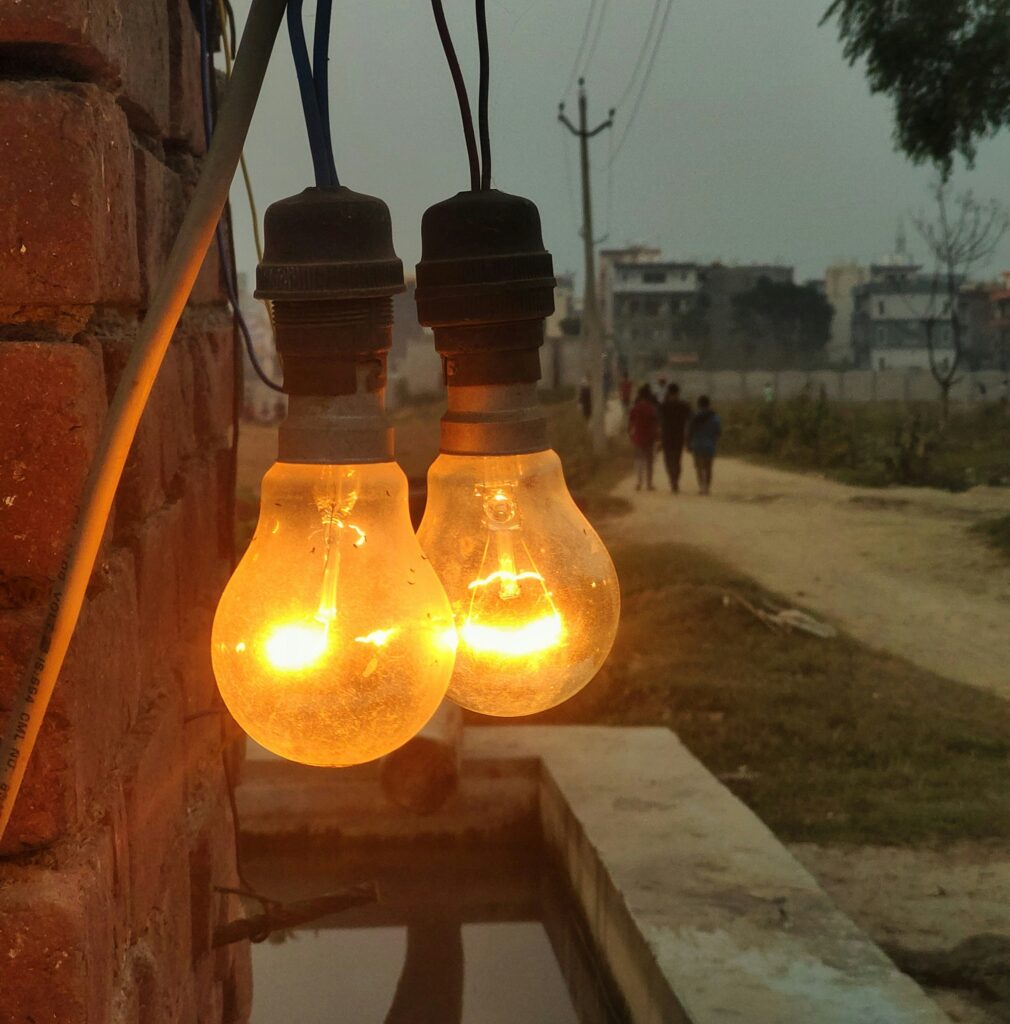As India aims for net-zero emissions by 2070 and pushes forward with sustainable development goals, energy efficiency across industries becomes paramount. In this context, the Government of India launched UTPRERAK Scheme (Unnat Takniki Pradarshan Kendra) — an advanced initiative aimed at accelerating energy-efficient practices and building industrial capacity in clean technologies.
Launched under the Ministry of Power and implemented by the Bureau of Energy Efficiency (BEE), the UTPRERAK Scheme acts as a cornerstone in India’s industrial decarbonization strategy.

Objectives of UTPRERAK Scheme
The UTPRERAK Scheme has been crafted to achieve the following core goals:
- Facilitate knowledge transfer and demonstration of advanced energy technologies.
- Build a skilled ecosystem of energy managers, auditors, and plant engineers.
- Enable customized training programs for energy-intensive sectors.
- Serve as a central hub for innovation, research, and capacity building.
- Strengthen India’s commitment to international climate agreements.
Key Features of UTPRERAK Scheme
- State-of-the-Art Facility
UTPRERAK is being set up as a Centre of Excellence in New Delhi, equipped with labs, demonstration zones, and interactive classrooms. - Customized Training Modules
It offers specialized training programs designed for industries like cement, iron and steel, textiles, paper, and aluminum. - Technology Demonstration
The center will showcase cutting-edge, energy-efficient machinery and practices, promoting hands-on learning. - Collaboration with Global Experts
UTPRERAK collaborates with both national and international institutions to bring in best global practices. - Integrated Digital Platform
A digital knowledge hub will allow industries across India to access training remotely, enhancing the scheme’s outreach.
Financial Outlay and Support
As of 2025:
- The Government of India has allocated approximately ₹100 crore for the development and operation of UTPRERAK.
- Funding is provided through the Bureau of Energy Efficiency (BEE) under the Ministry of Power.
- Partnerships are being explored with industry associations, PSUs, and international development agencies for co-funding and technical support.
Target Sectors and Beneficiaries
UTPRERAK targets sectors that account for over 50% of industrial energy consumption in India. These include:
- Cement and Steel Plants
- Textile and Paper Mills
- Chemical and Fertilizer Industries
- SMEs and MSMEs in manufacturing
- Energy Auditors and Engineers
The goal is to train over 10,000 professionals annually, ranging from plant technicians to senior management.
Current Performance (As of 2025)
Since its launch:
- Core infrastructure at the New Delhi center is 90% complete.
- Pilot training programs have already started in collaboration with IITs and technical universities.
- Over 3,200 professionals have undergone online or hybrid training modules.
- Several industrial units have adopted new energy-saving practices showcased through UTPRERAK.
Feedback from pilot participants highlights improved plant efficiency, lower emissions, and better maintenance protocols as direct outcomes.
Why UTPRERAK is a Landmark Initiative
✅ Aligns with National Energy Goals
UTPRERAK supports India’s targets under the Energy Conservation Act and commitments to reduce energy intensity by 30% by 2030.
✅ Empowers Industries
By making clean technologies and practices accessible, UTPRERAK lowers the entry barrier for industries—especially MSMEs—to adopt efficiency measures.
✅ Fosters Green Jobs
The scheme nurtures a new class of green-skilled professionals, contributing to job creation in the clean tech sector.
✅ Strengthens International Standing
It positions India as a leader in industrial decarbonization, echoing its commitments under the Paris Agreement.
Challenges and Way Forward
While UTPRERAK is visionary, certain challenges remain:
- Convincing traditional industries to adopt new technologies.
- Ensuring widespread awareness about available training and tools.
- Maintaining quality and consistency as the training base expands.
To overcome these, the government is:
- Launching outreach campaigns in industrial clusters.
- Partnering with state energy development agencies for localized support.
- Leveraging digital media and webinars to reach remote industries.
Conclusion
The UTPRERAK Scheme is not just a training initiative—it’s a strategic intervention that can transform how Indian industries operate. As energy costs rise and environmental compliance tightens, programs like UTPRERAK offer industries a way to remain competitive, sustainable, and future-ready. With timely execution and strong stakeholder collaboration, UTPRERAK is poised to become a model for energy capacity building worldwide.
Further Information
Official Portal: https://beeindia.gov.in
Related Articles:
PM Gati Shakti; PM MITRA; & Other Schemes
#Class12Economics #ClassXIIMacro #DesignLinkedIncentivesScheme #DLIScheme #EconomicsforUPSC #GovernmentBudgetClass12 #JalJeevanMission #Meity #MinistryofAgricultureSchemes #MinistryofCommerce #MinistryofEducation #MinistryofJalShakti #MissionSUJALAM #MoA&FWSchemes #MODIGovt3.0 #MoneyMultiplier #MoNRE #MoPNG #NamamiGange #NIPUNBharatMission #PLIScheme #PMAwasYojana #PMBhartiyaJanaushadhiPariyojana #PMDeVINEScheme #PMGATISHAKTI #PMKISAN #PMKUSUM #PMKVY #PMMatsyaSampada #PMMatsyaSampadaSchemeUPSC #PMSHRI #PMSHRIScheme #PMSuryaGharMuftBijliYojana #PMSVAMITVASCHEME #ProductionLinkedScheme #RashtriyaGokulMission #SAKSHAMScheme #SamagraShikshaScheme #SamagraShikshaScheme2.0 #SamagraShikshaYojana #SC/STSchemes #StandUpIndia #UTPRERAK #UtprerakScheme #VidyanjaliScheme


